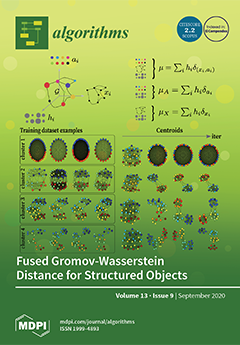Open AccessArticle
R2D2: A Dbpedia Chatbot Using Triple-Pattern Like Queries
by
Haridimos Kondylakis, Dimitrios Tsirigotakis, Giorgos Fragkiadakis, Emmanouela Panteri, Alexandros Papadakis, Alexandros Fragkakis, Eleytherios Tzagkarakis, Ioannis Rallis, Zacharias Saridakis, Apostolos Trampas, Giorgos Pirounakis and Nikolaos Papadakis
Cited by 9 | Viewed by 6560
Abstract
Chatbots, also known as conversation agents, are programs that are able to simulate and reproduce an intelligent conversation with humans. Although this type of program is not new, the explosion of the available information and the rapid increase of the users seeking this
[...] Read more.
Chatbots, also known as conversation agents, are programs that are able to simulate and reproduce an intelligent conversation with humans. Although this type of program is not new, the explosion of the available information and the rapid increase of the users seeking this information have renewed the interest in their development. In this paper, we present R2D2, an intelligent chatbot relying on semantic web technologies and offering an intelligent controlled natural language interface for accessing the information available in DBpedia. The chatbot accepts structured input, allowing users to enter triple-pattern like queries, which are answered by the underlying engine. While typing, an auto-complete service guides users on creating the triple patterns, suggesting resources available in the DBpedia. Based on user input (in the form of triple-pattern like queries), the corresponding SPARQL queries are automatically formulated. The queries are submitted to the corresponding DBpedia SPARQL endpoint, and then the result is received by R2D2 and augmented with maps and visuals and eventually presented to the user. The usability evaluation performed shows the advantages of our solution and its usefulness.
Full article
►▼
Show Figures





